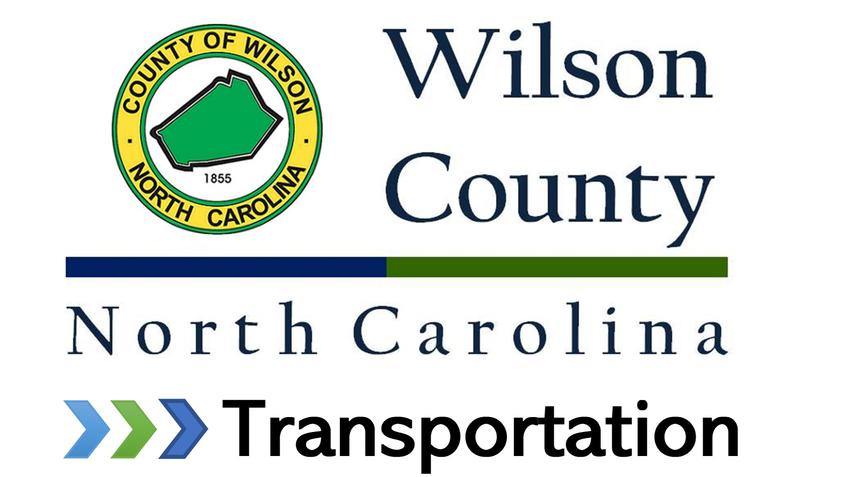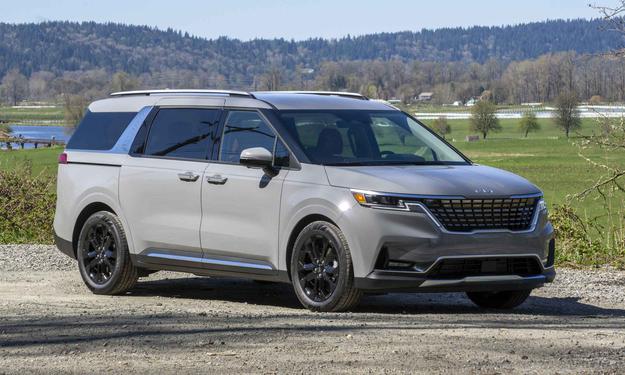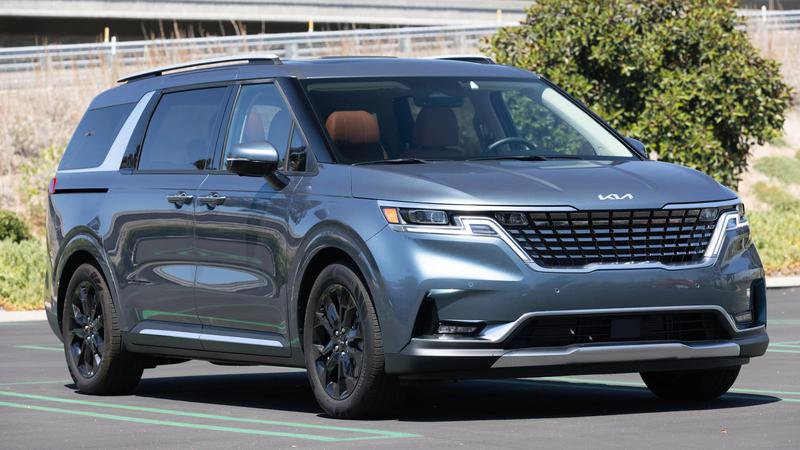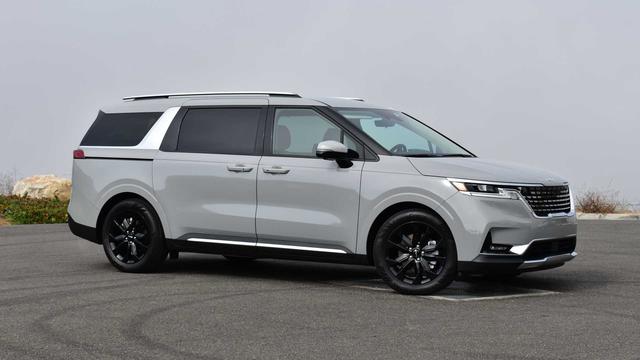It's about 9 a.m. on a Tuesday, and an eighth-grader who only gave his first name, Caleb, is running late for first period.
A black minivan pulls up to his one-story, brick house, and he climbs into the backseat and collapses into the vinyl.
"I missed the bus this morning. Obviously, I overslept," he said with a sheepish grin.
This isn't the first time he's overslept, but this time, his mom can't take him.
"Her car broke down, so she can't really drive," he said.
So with his mom's permission, Caleb ordered a ride from this van with his phone. It's one of 15 shuttles in the city of Wilson that will pick residents up wherever they are and take them wherever they need to go.
This is the city's public transportation system. The van's driver, Samantha Lucas, takes a lot of kids to school each day, and a lot of people to work.
"It's mostly workers... and taking kids to school, and as it gets later, then you get the other folks that want to go to the shops and have a drink or whatever," she said.
Lucas has been driving these on-demand shuttles ever since they replaced Wilson's standard city buses in September 2020.
Not many people rode the bus back then. Lucas said they only ran once an hour, and the five routes weren't that convenient.
"Like, if you go over on Airport (Drive), where I live, you couldn't get on the bus, and it was limited," she said. "With this system, you have more access to people all around the city of Wilson."
Under the new system, riders order a shuttle through an app or by calling a number. They can catch a ride to anywhere within city limits for $1.50, with discounts bringing the cost down to $1 a ride, and they can pay with a credit card or prepaid card from city hall.
Wilson's city planner, Rodger Lentz, said the city first began exploring this idea in the early 2000s.
"That's when Uber and Lyft were becoming a thing, many years ago, and we were like, man, it would be kind of cool if transit was like that," he said.

At first, they tried to figure out how to do it themselves, but then the city partnered with New York-based Via, which provided software, vehicles and drivers in exchange for city funding. Lentz said it proved popular right from the start.
"In our first week, we had almost 600 trips and then it doubled, literally, the next week, and then it went to like 1,500 trips the next week. So by the third or fourth week, we were already doing what the fixed-route had done before the pandemic, and of course, this was during the pandemic," he said.
Now, about a year and a half later, Lentz said the shuttles are running about 3,500 trips a week, or more than double the 1,400 rides the old bus system ran in a typical, pre-pandemic week.
Lentz also said the shuttles aren't just helping kids to school, they're also getting people to work.
"Nearly 50% of trips are journeys to work, and we've asked questions like, 'Has this system enabled you to get work?' and we've got a lot of affirmative yeses," he said.
Lentz said he thinks the system could be a game changer for rural towns like his near Raleigh, where residents tend to have lower incomes and live farther apart, but still need access to food, jobs and community centers.
That includes Deanna Braswell, who climbed into a shuttle swinging a big mug of hazelnut coffee on her way to work at a local Food Lion.
She moved to Wilson three months prior without a car and said the shuttles had become her primary way to get around.
"It's a blessing really," she said. "It's my way of getting to work. It's my way of, you know, paying my bills."
Still, some critics have said this kind of public transportation will never be as efficient as buses, especially in higher-density cities and suburbs.
Jarrett Walker studies public transportation systems as a consultant for cities and towns around the world. He said the taxi-like shuttles have potential downsides. While the shuttles may work in Wilson, he said, they could become a burden in other cities and towns if they get really popular.
"As soon as demand starts going up, or if you put out a service and it starts to become popular — you can't carry very many people in each vehicle, so you have to start adding vehicles and it becomes very expensive for the government to subsidize," he said.
The city of Wilson is paying more for the shuttles than it did for its old bus system. Lentz said the shuttles cost the city about $1.6 million a year, compared to $1.4 million the city spent on buses. However. he thinks the cost is worth it.
"For $1.6 million, we're providing well over twice as many trips and covering 100% of the city with a system that picks you up within 15 to 20 minutes of your request, versus a bus that was only running once an hour."
Lentz said the city held on to the old bus fleet just in case the new shuttles didn't work out, but now, the city is planning to auction them off.
Other towns have begun looking to on-demand shuttles as public transportation too, including Salisbury and Elkin. Pilot programs have also begun in northeastern Wake County, Orange County, Mocksville, Morrisville, and in Wilmington.
Sign up for our weekly climate newsletter




